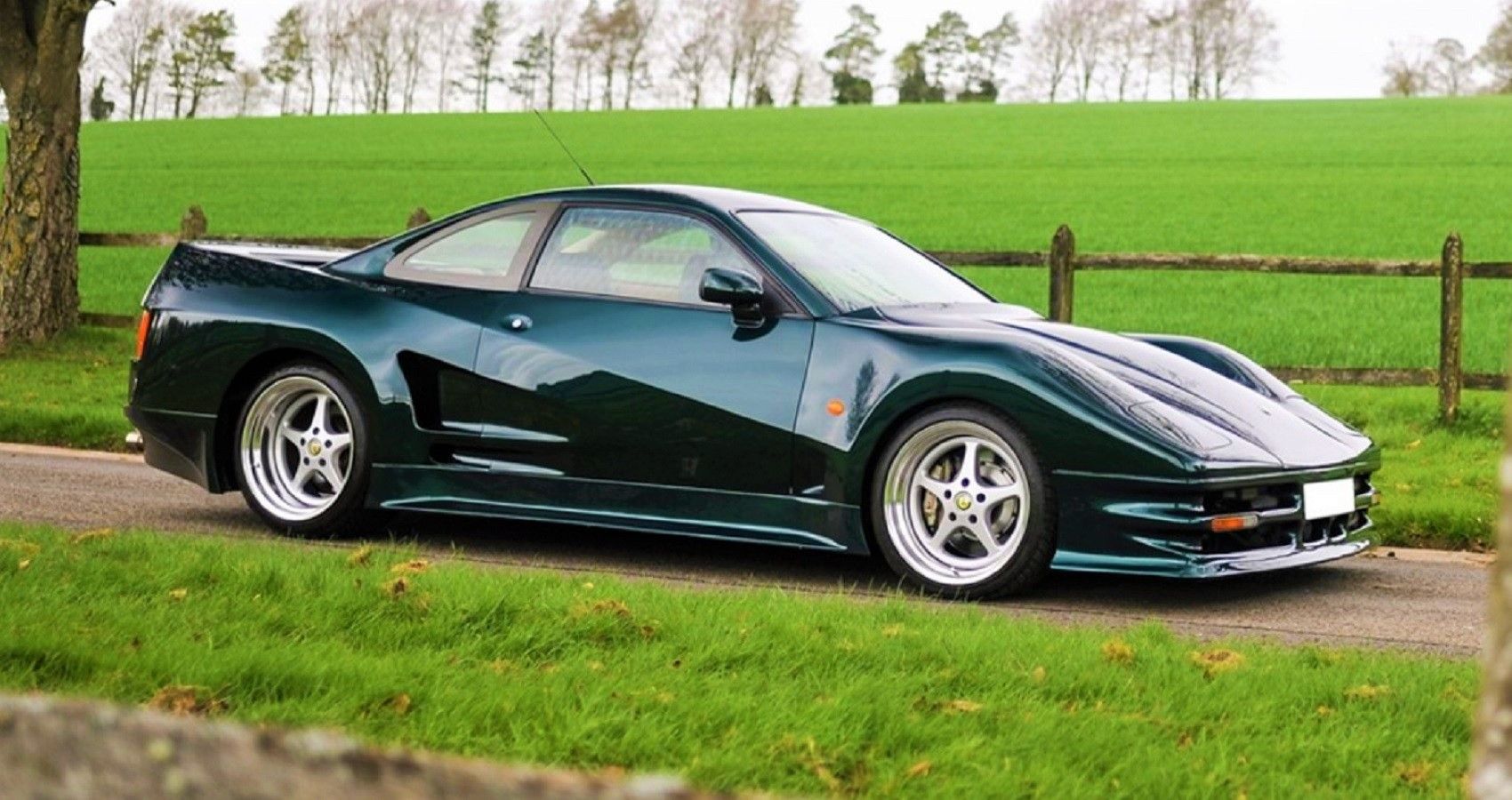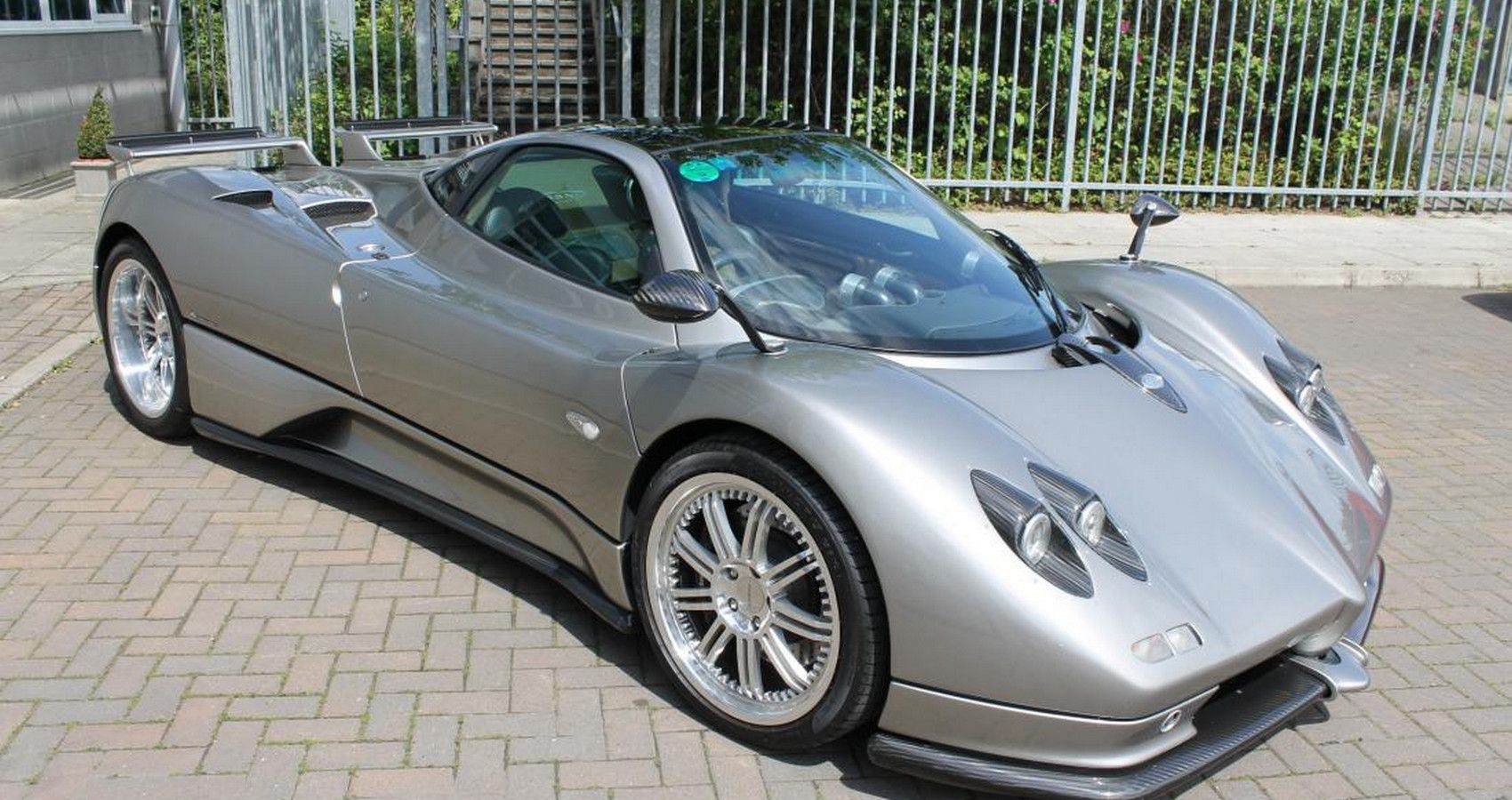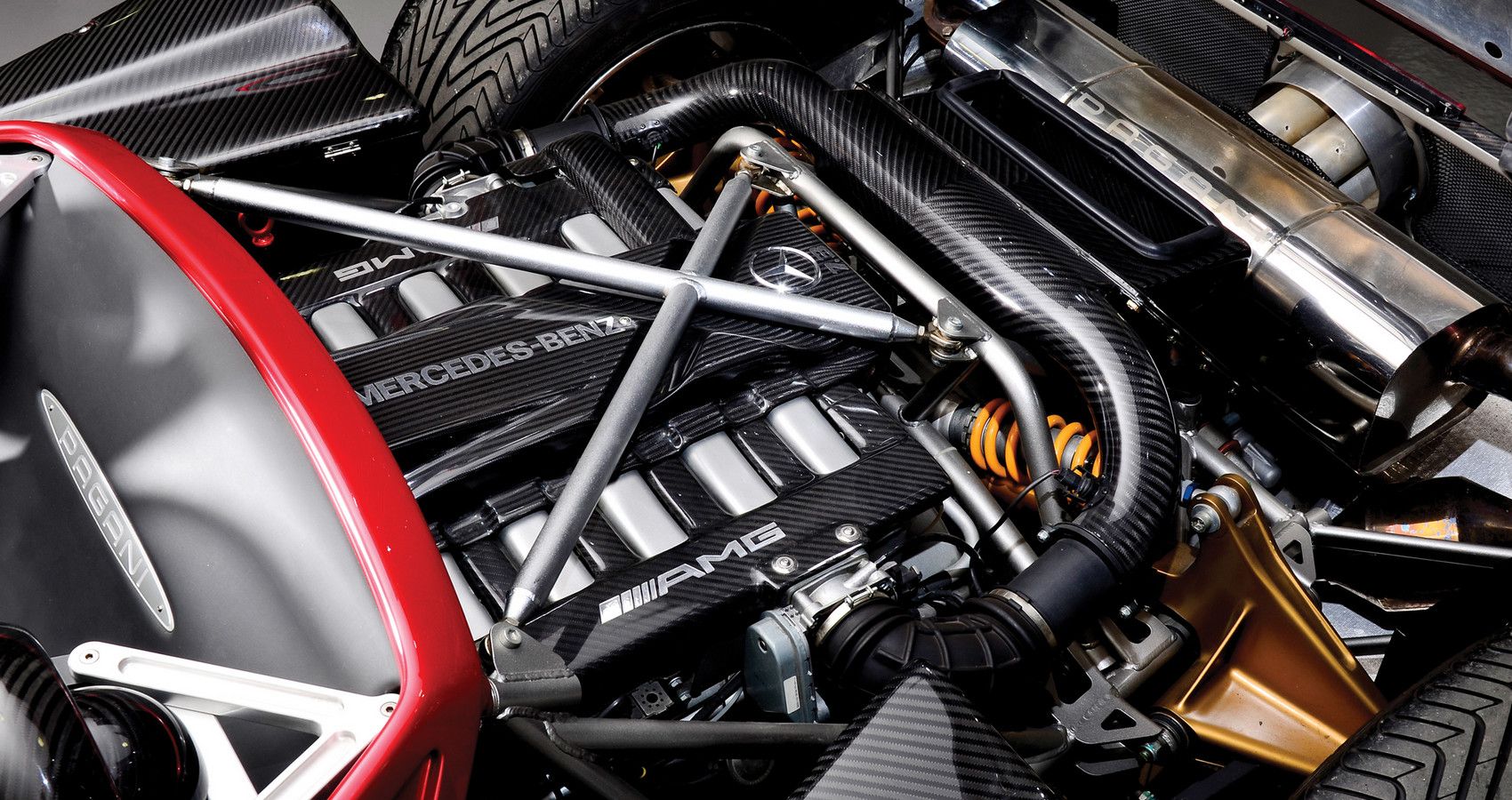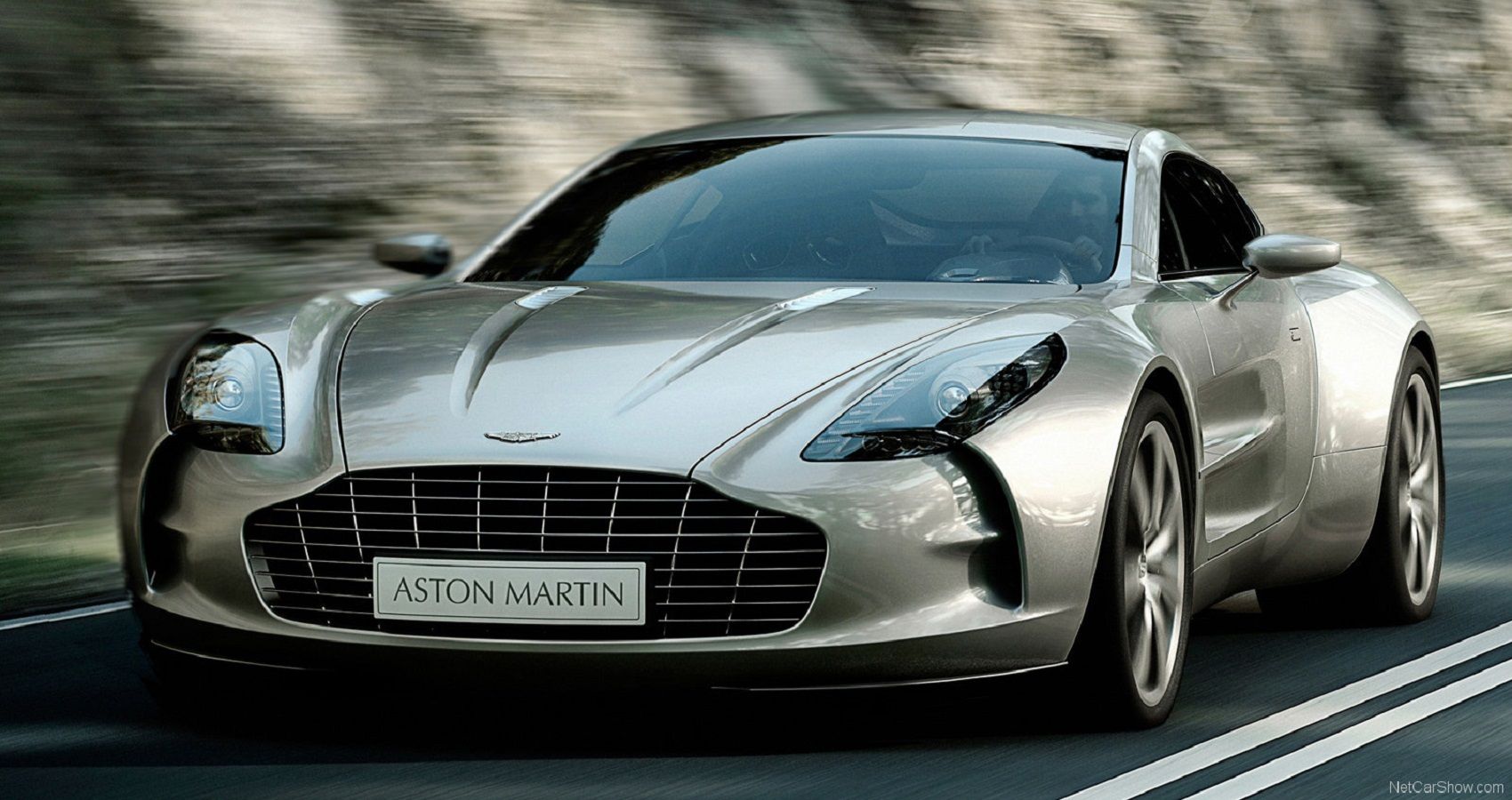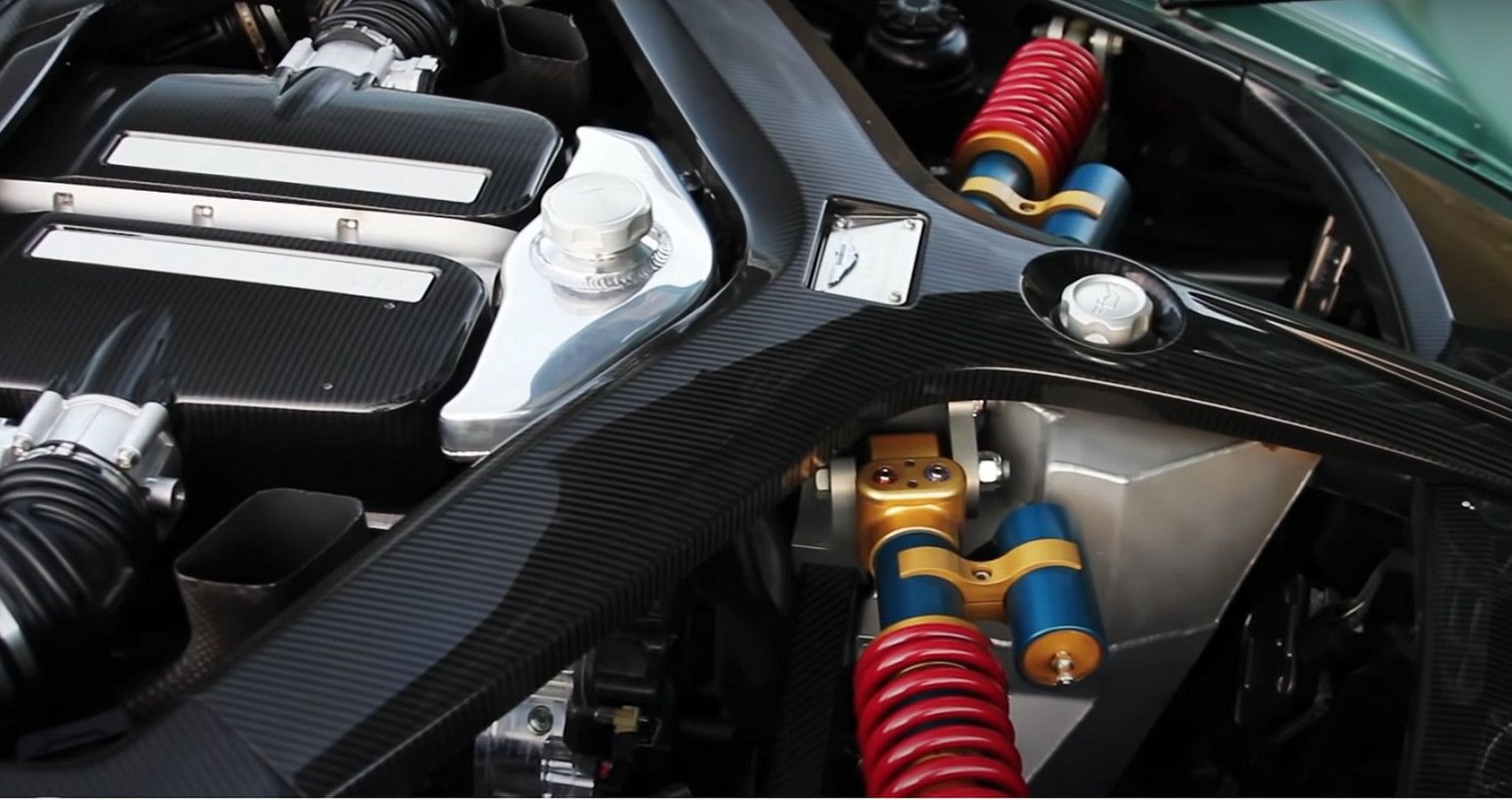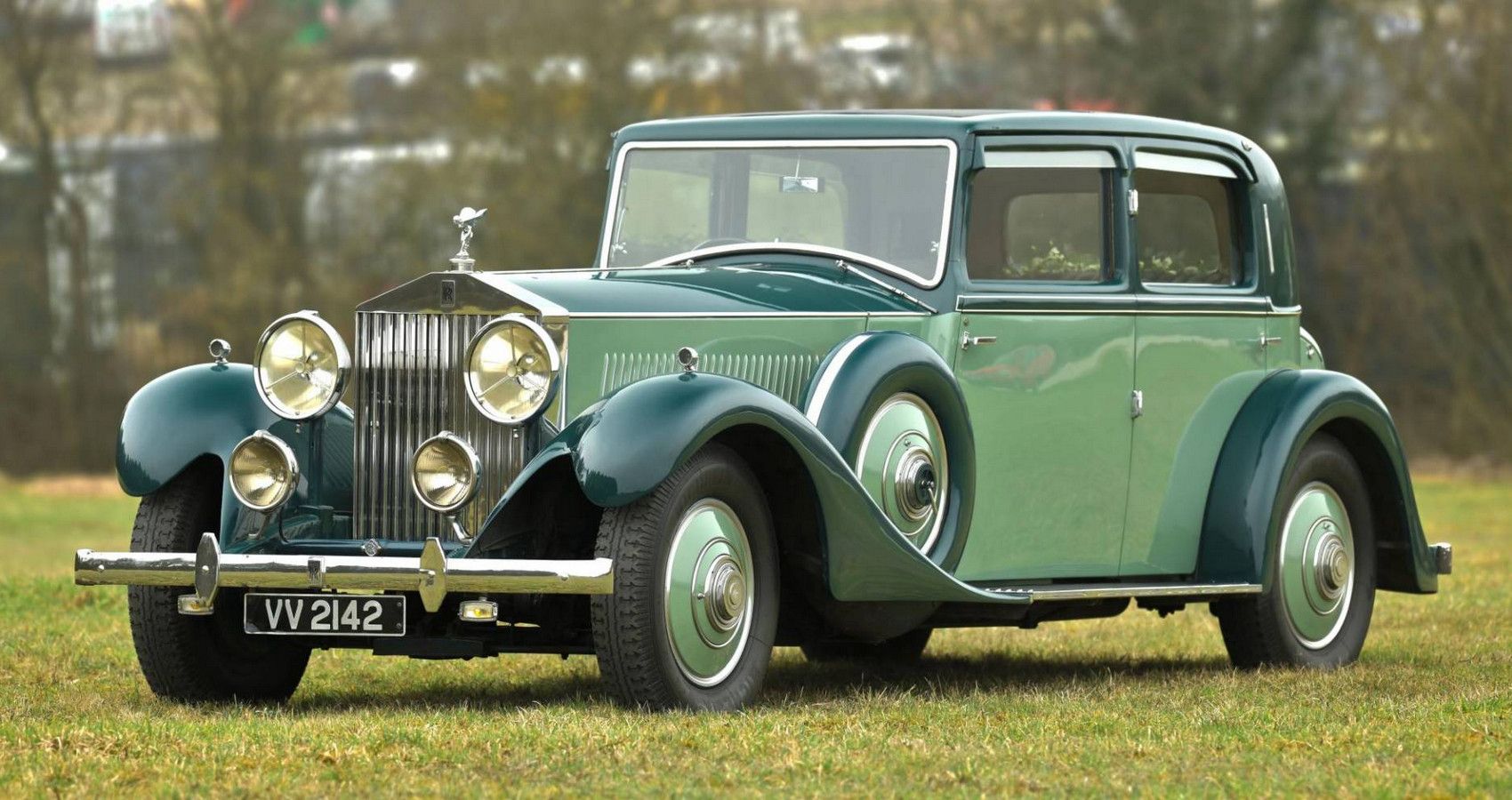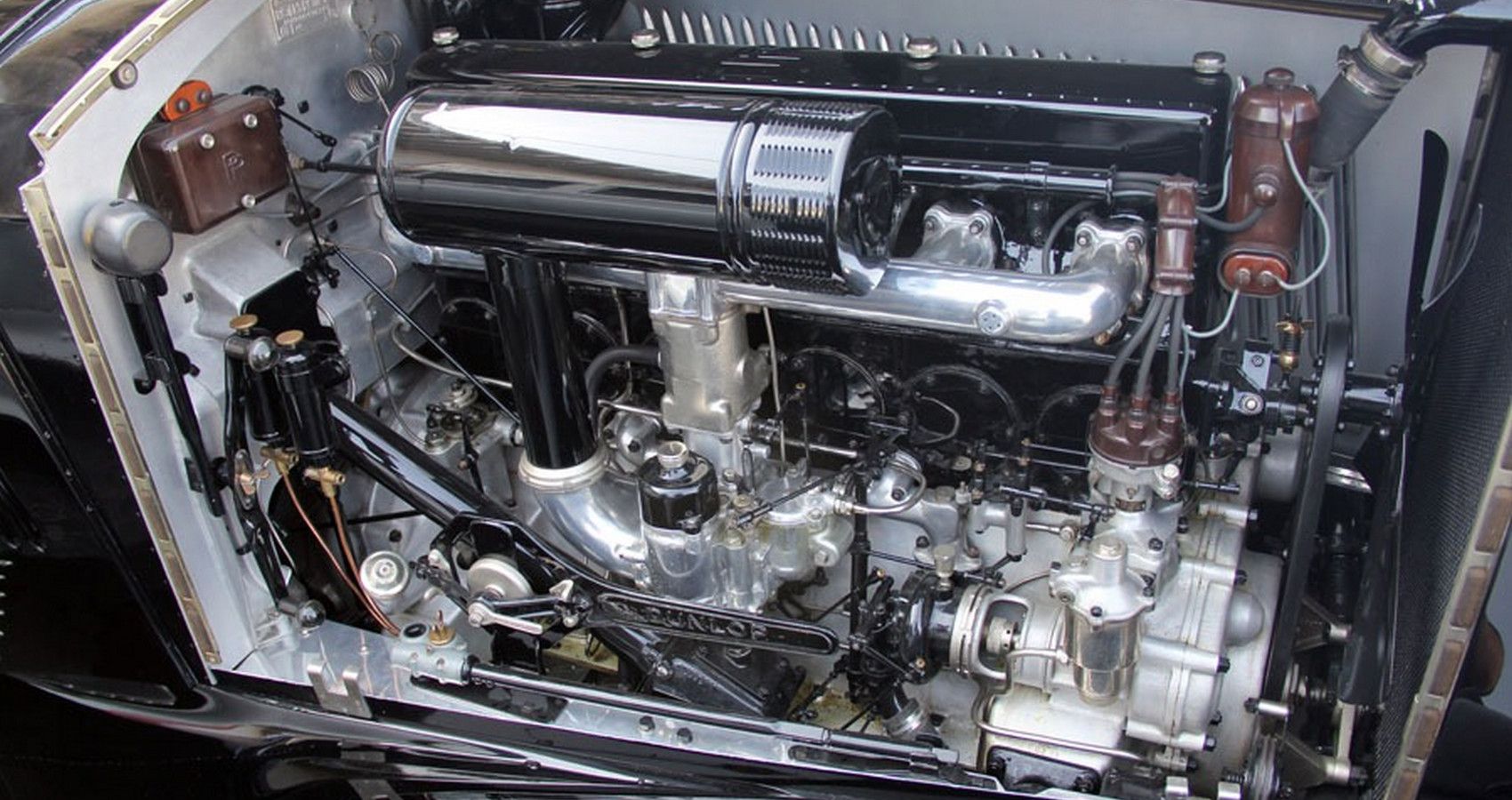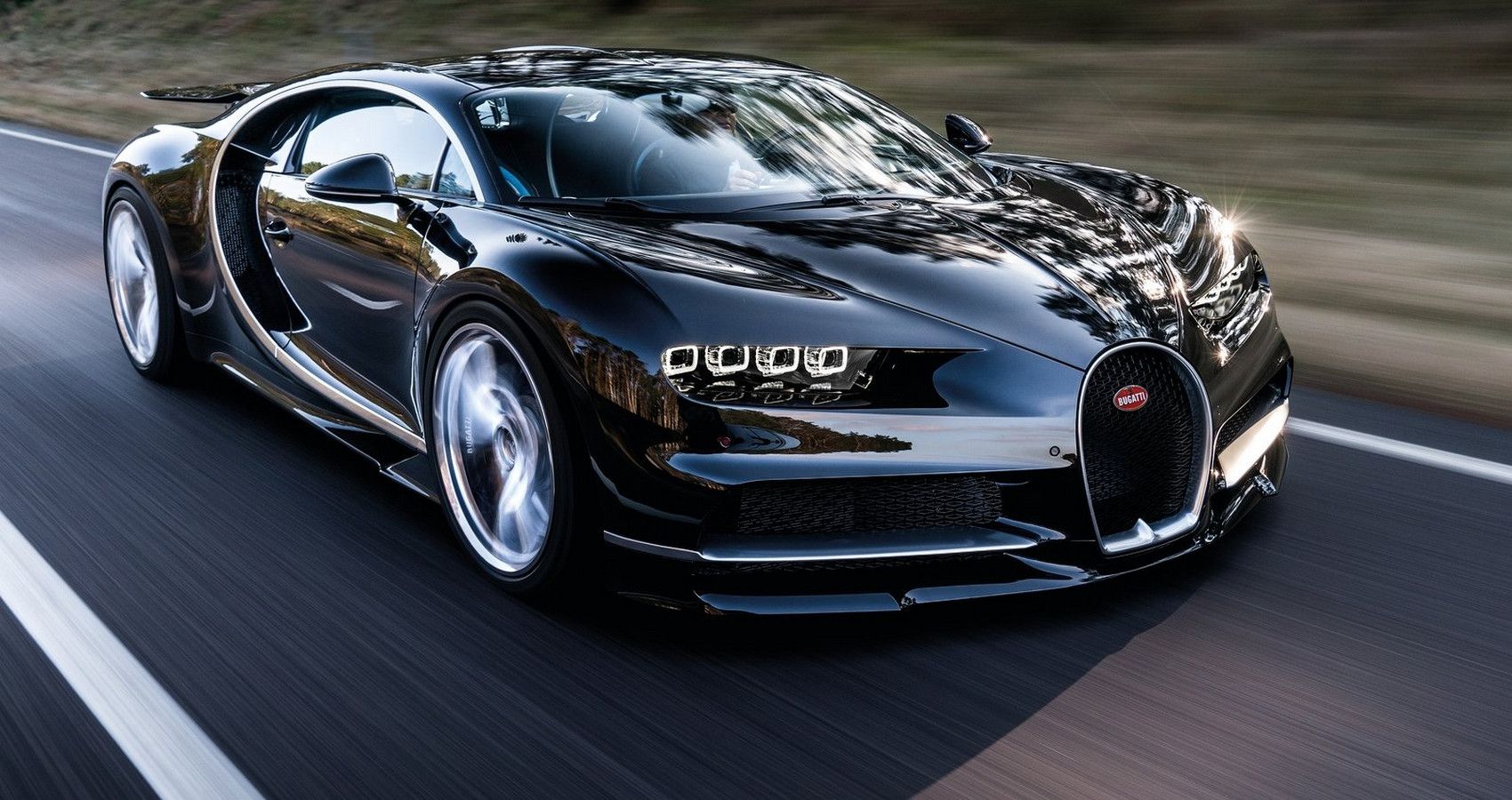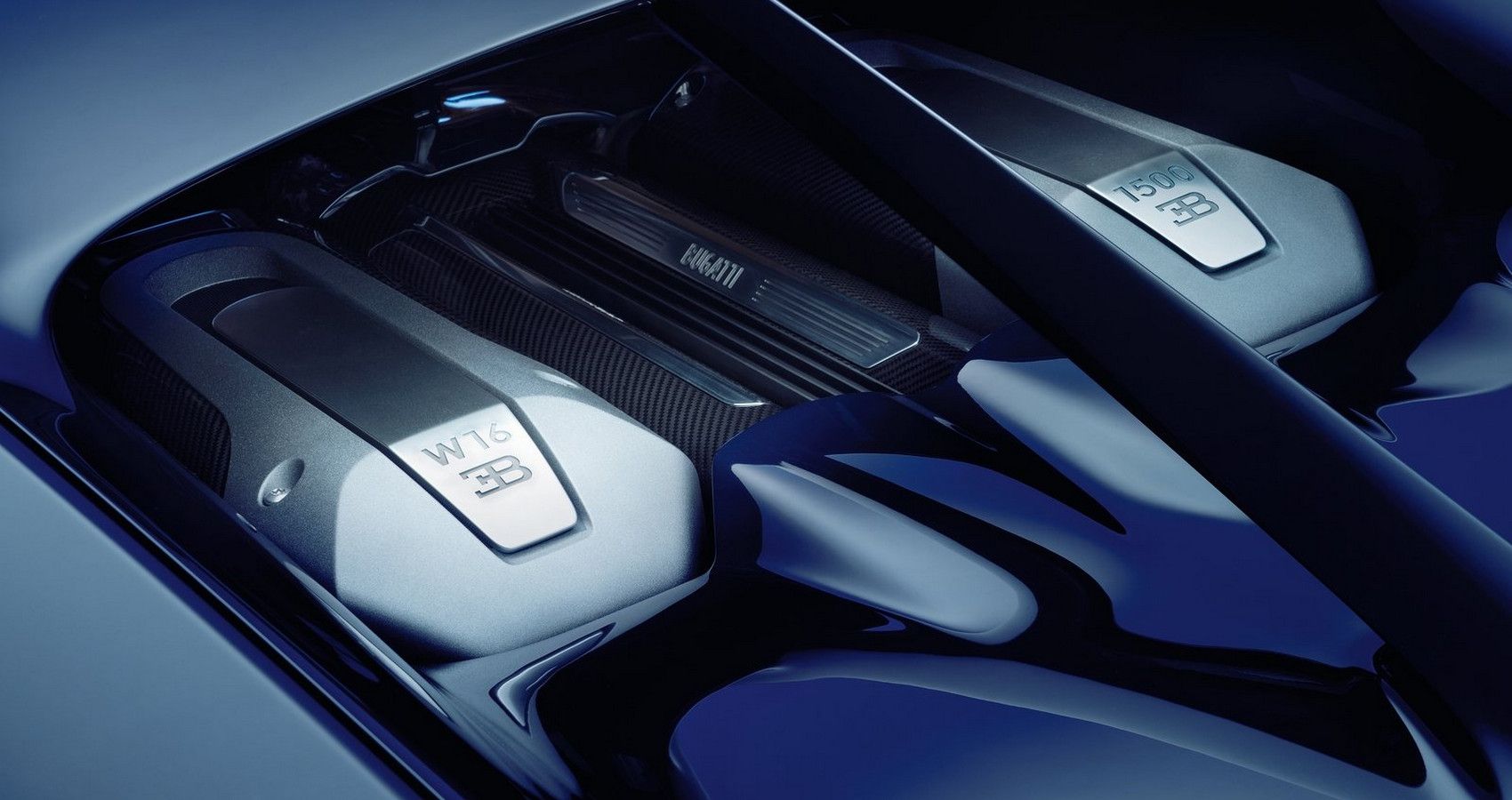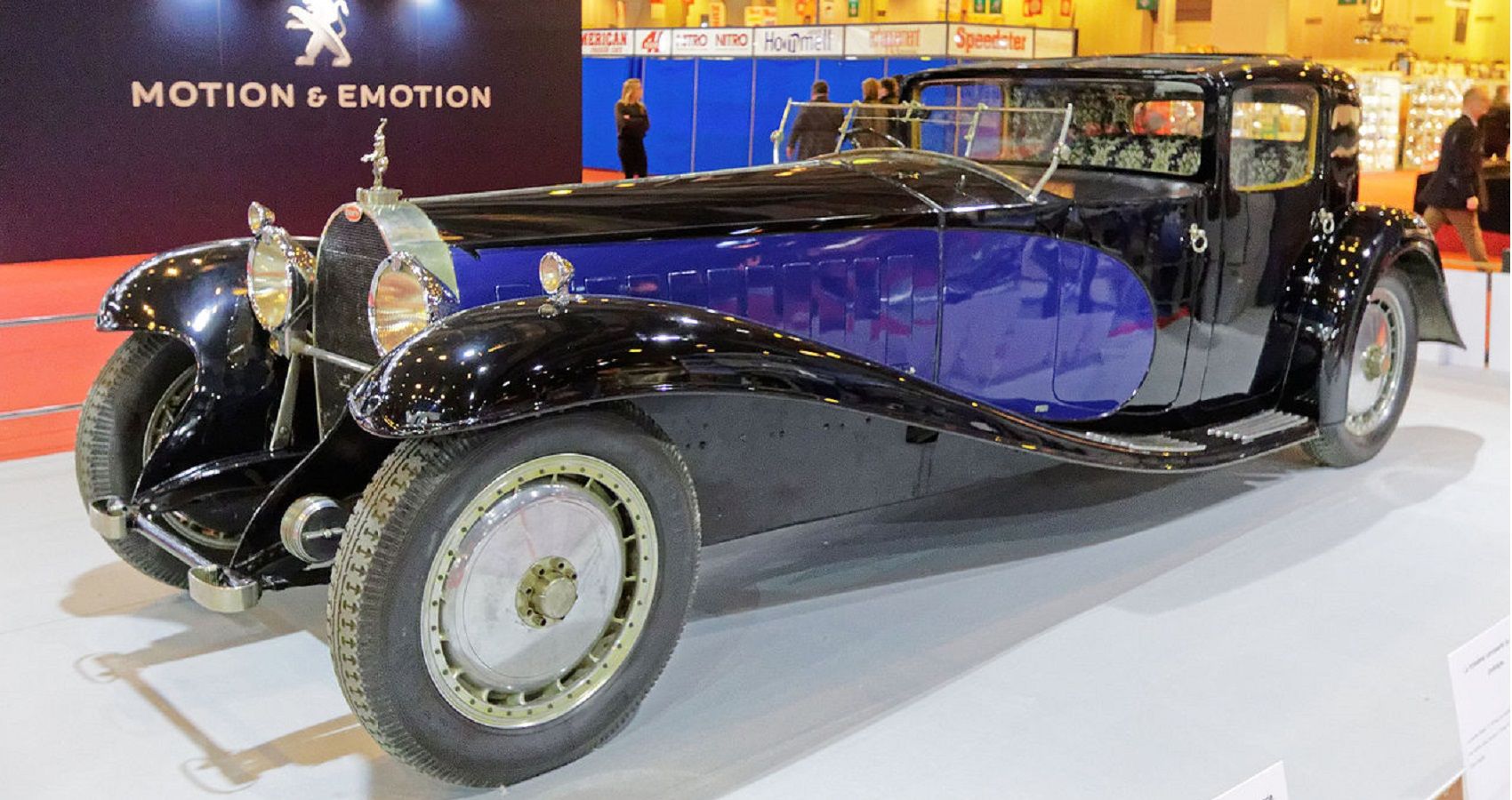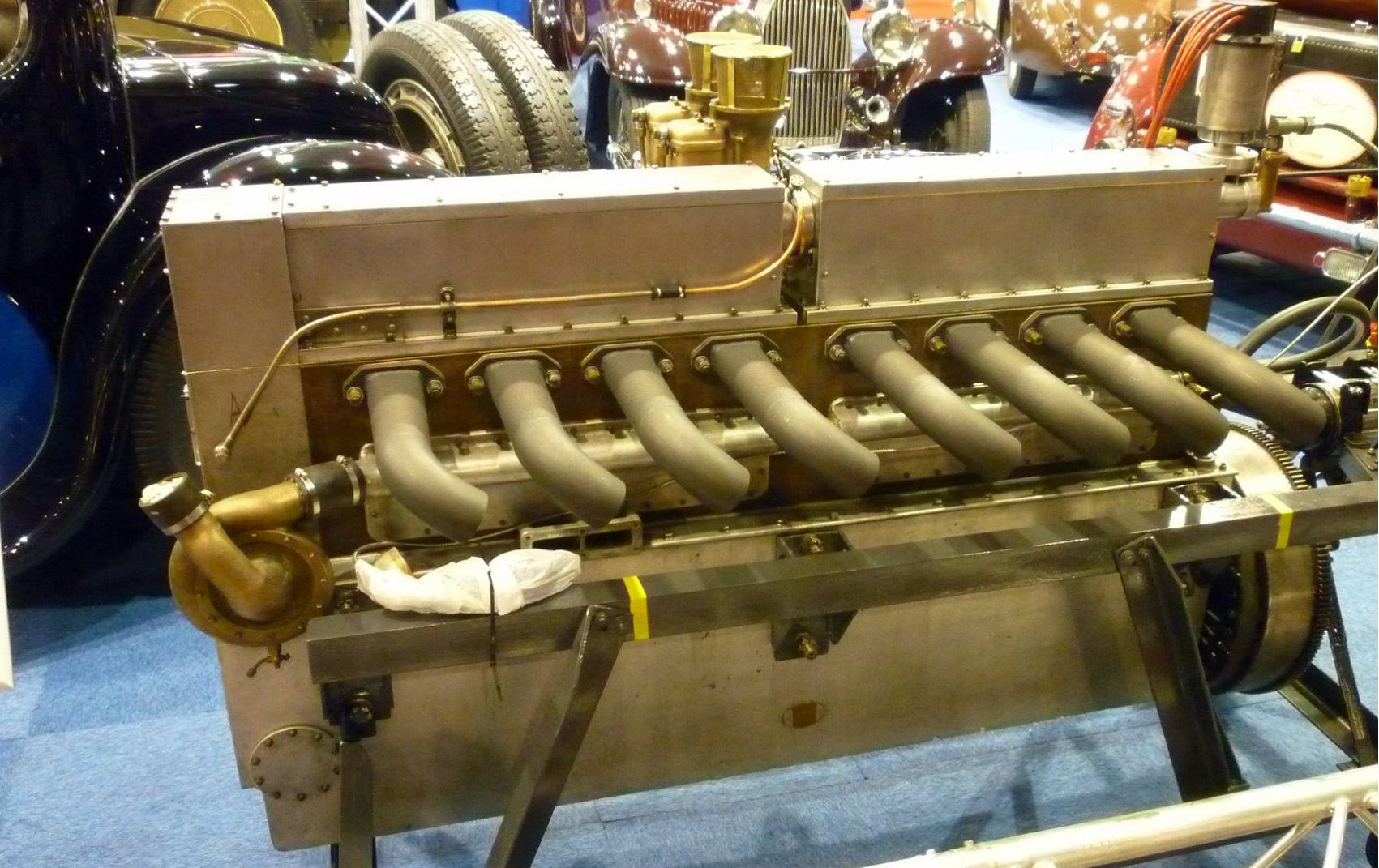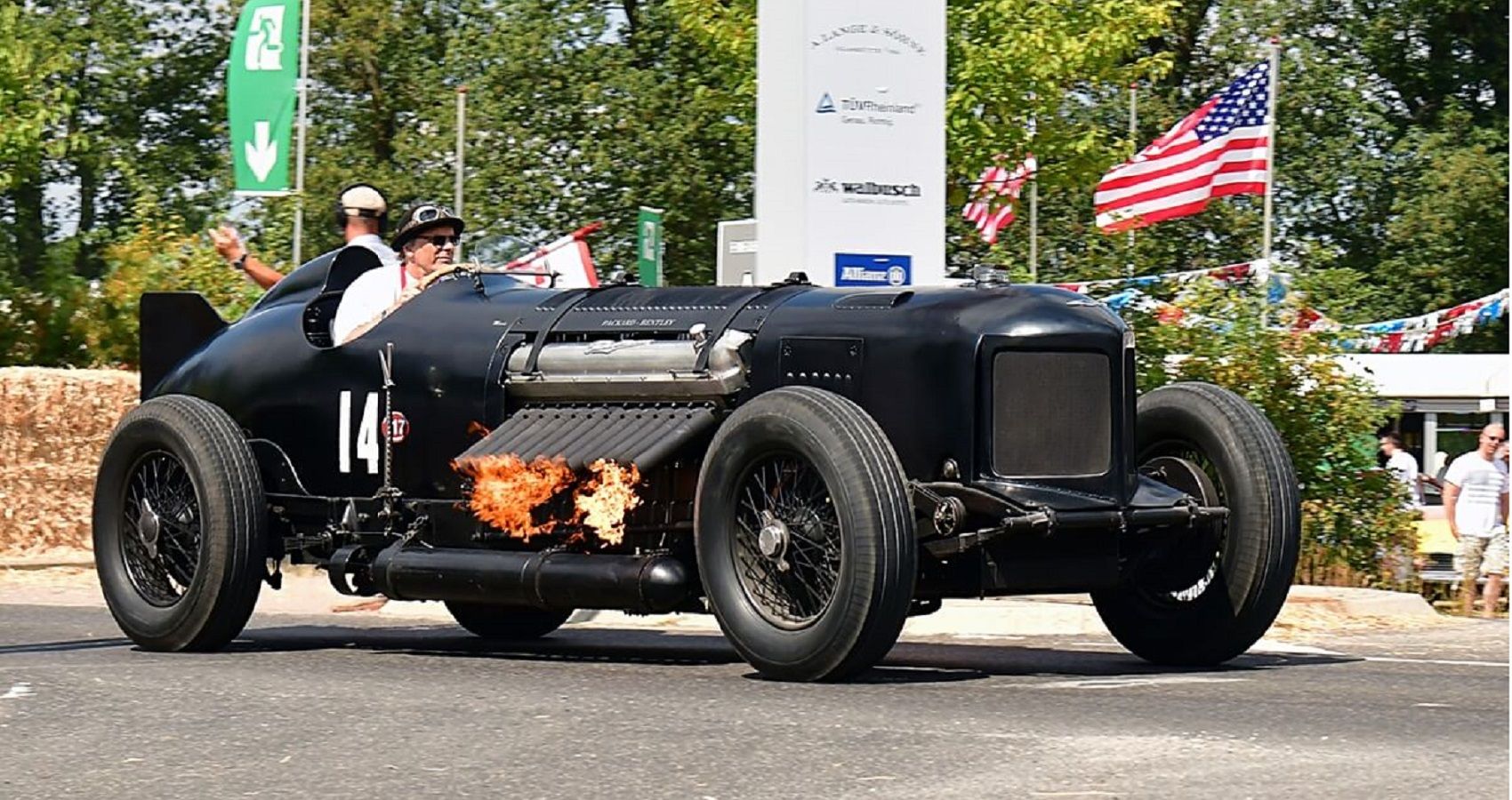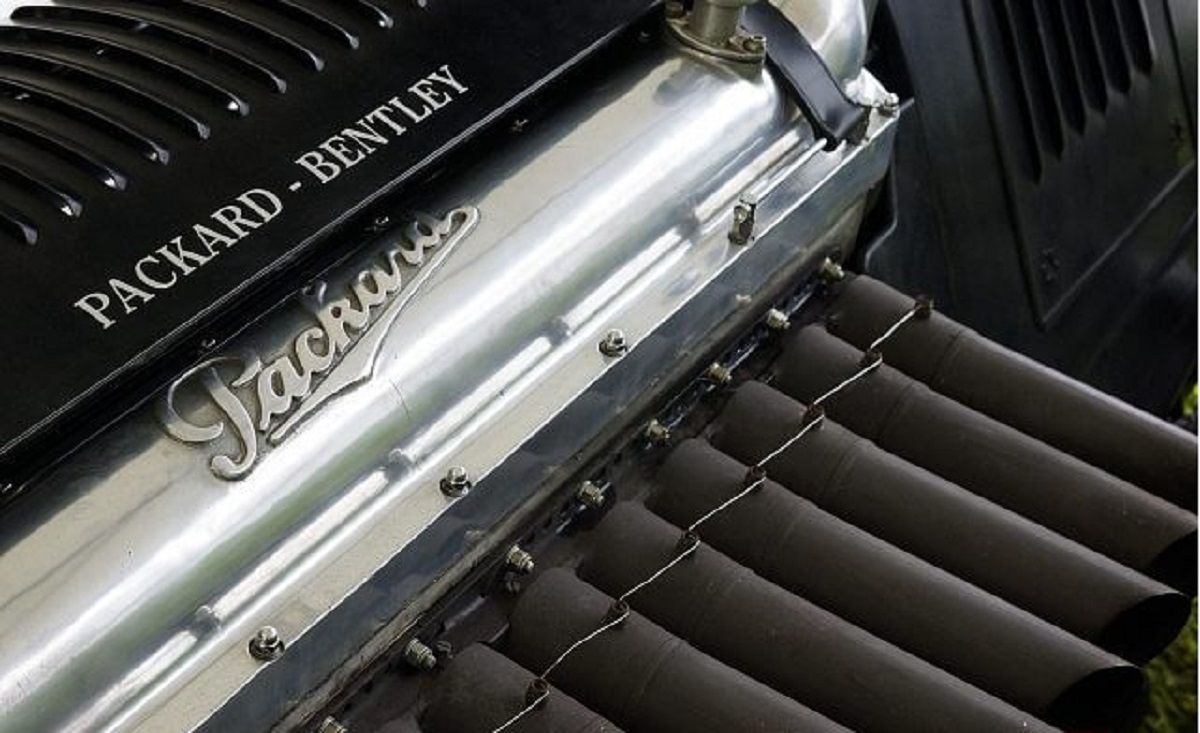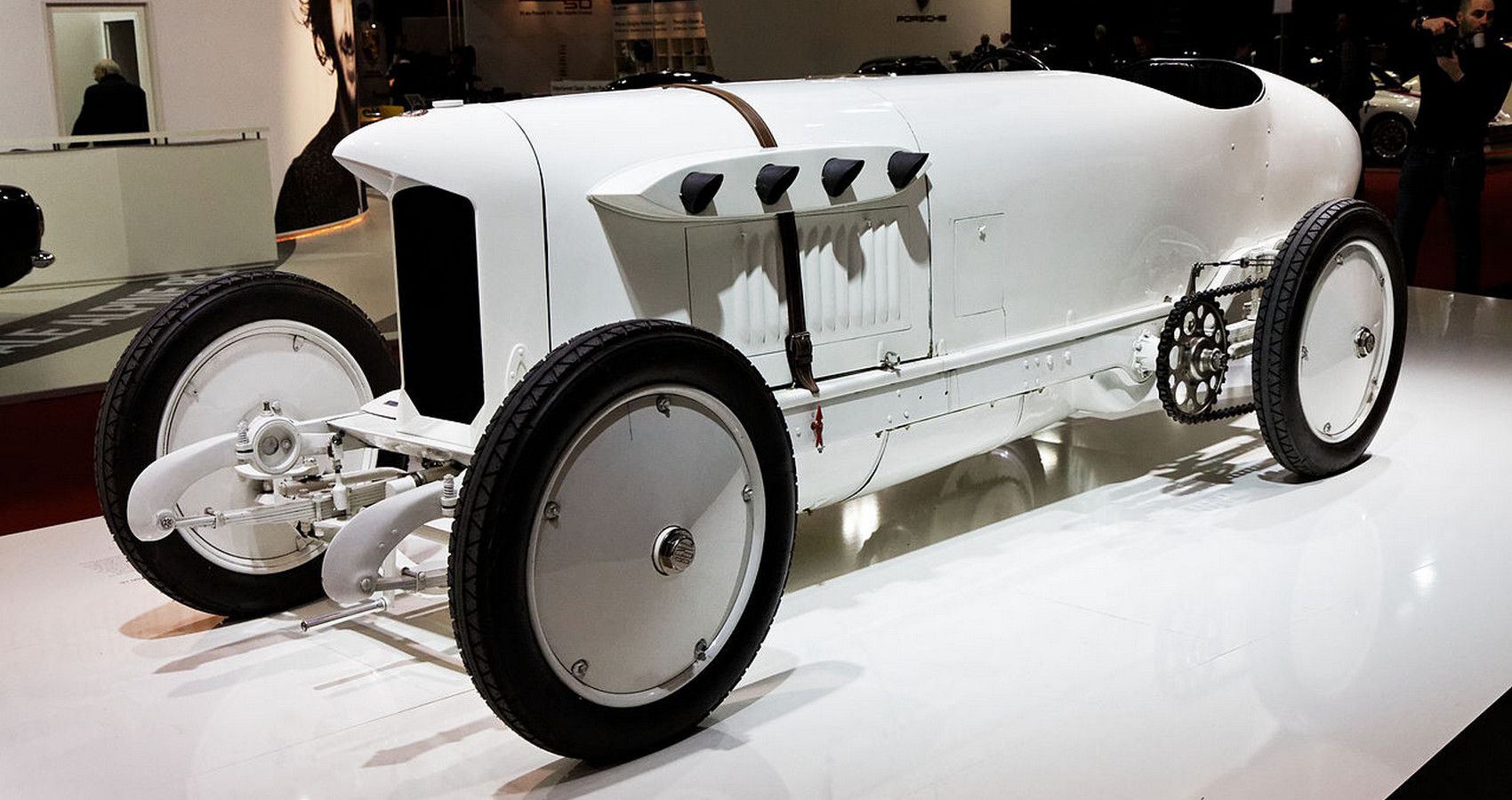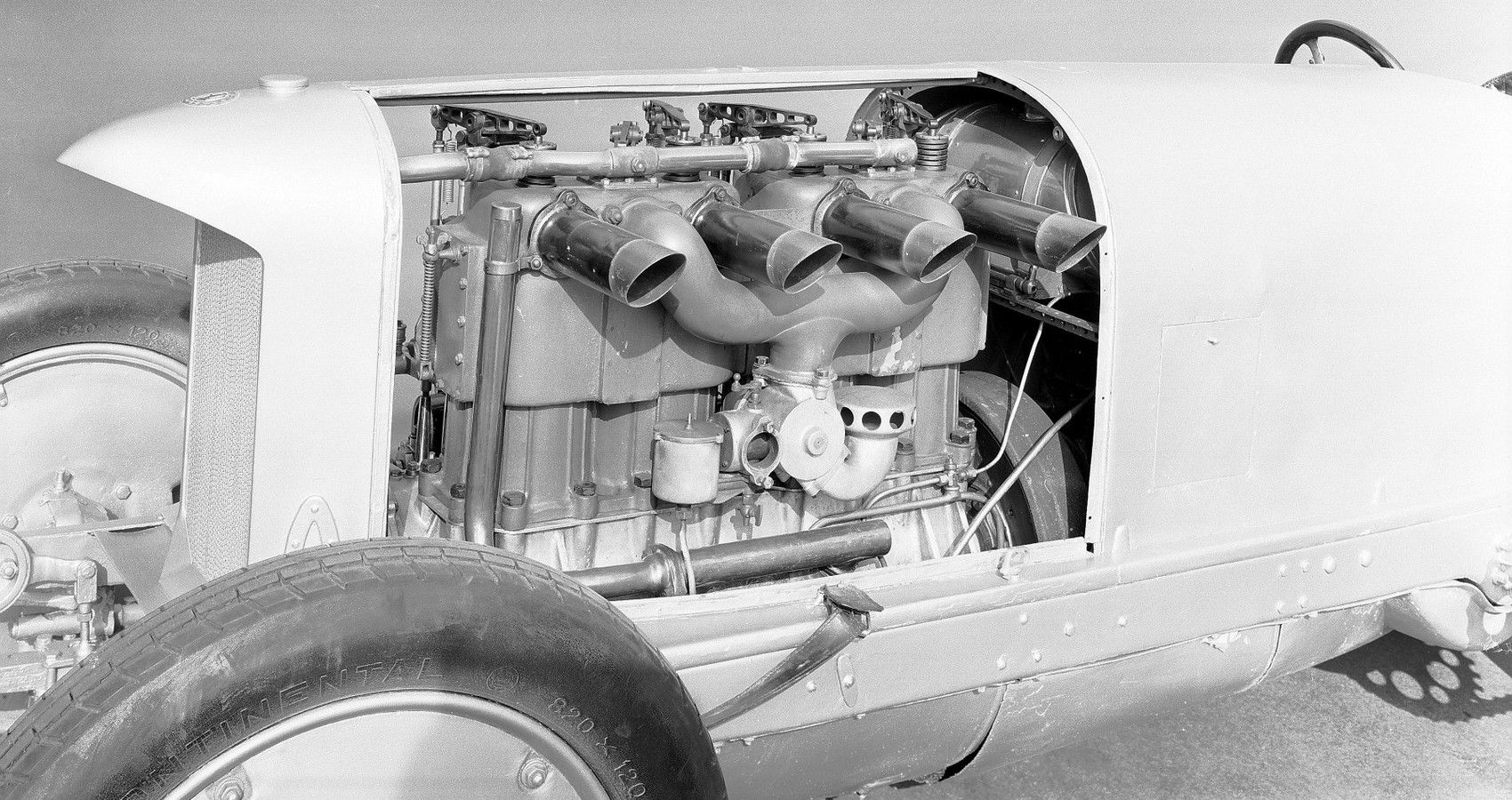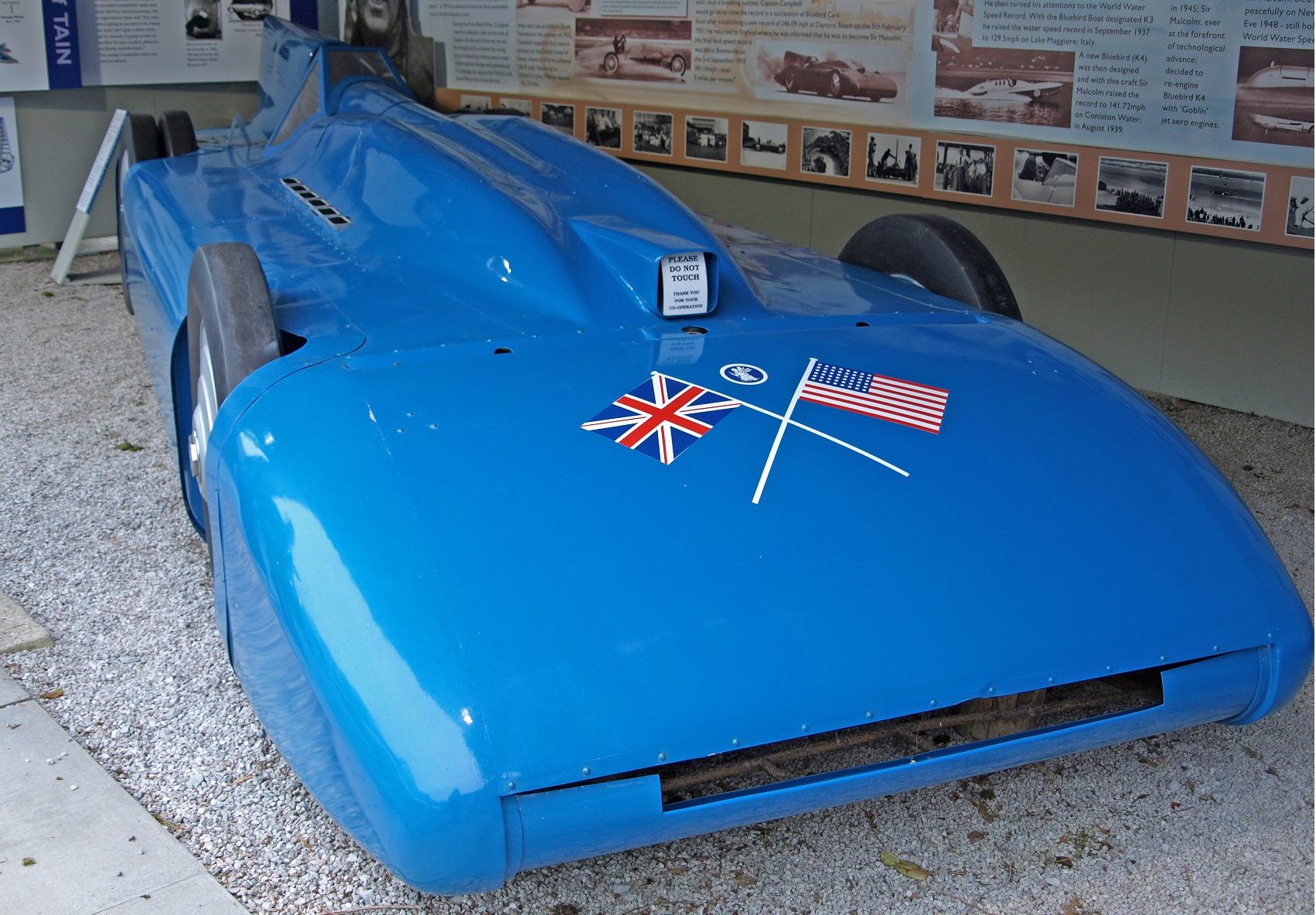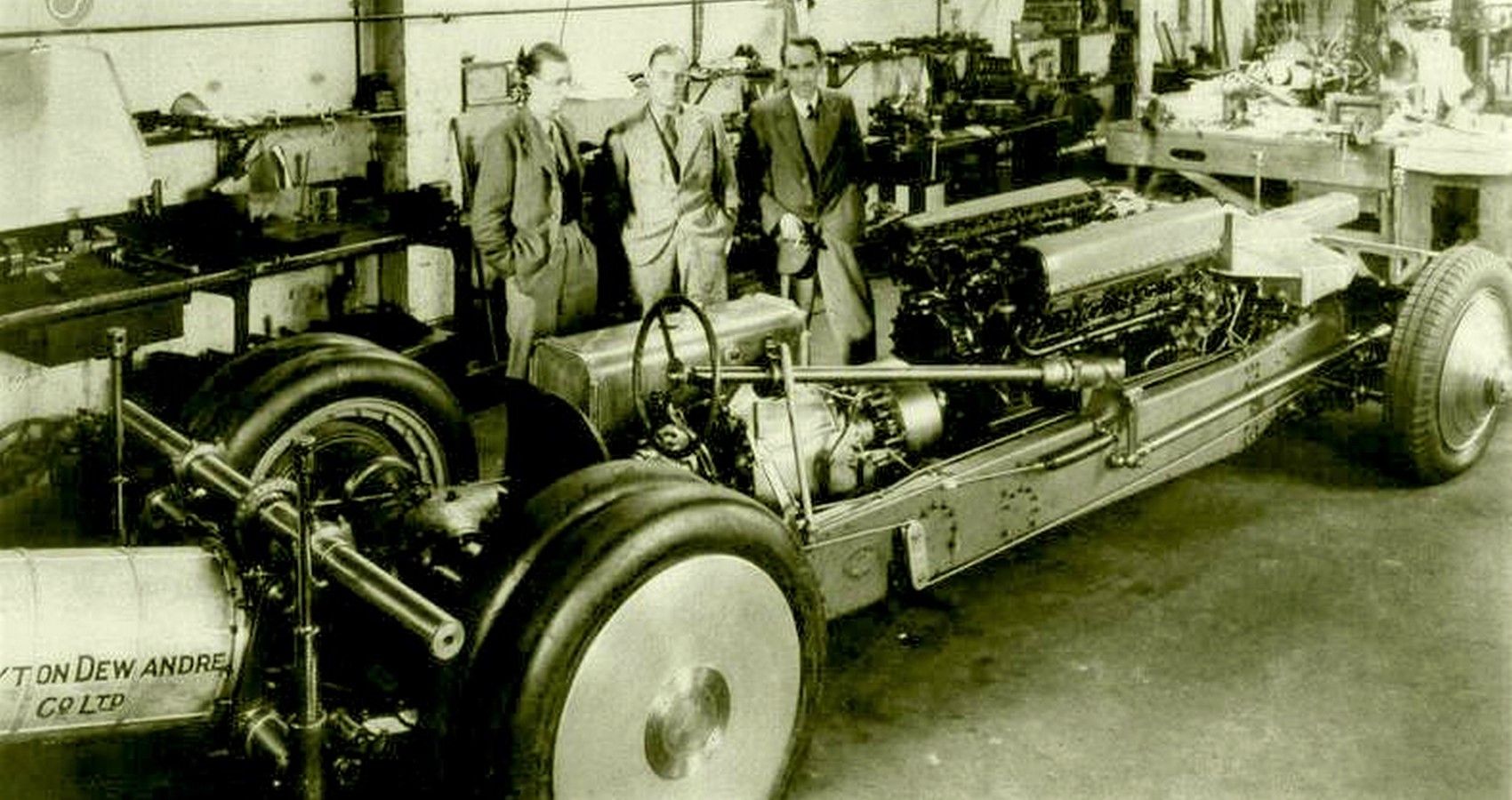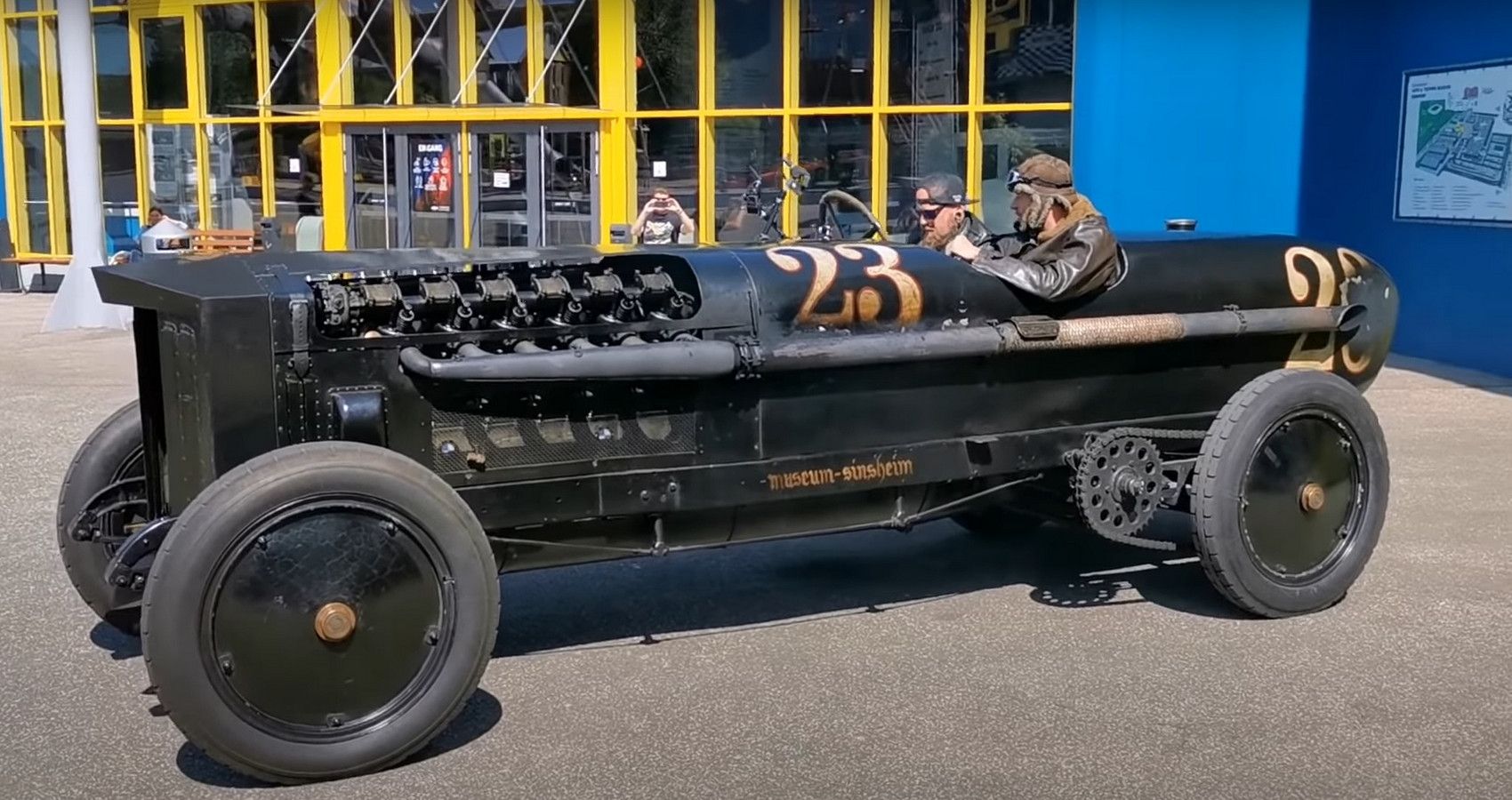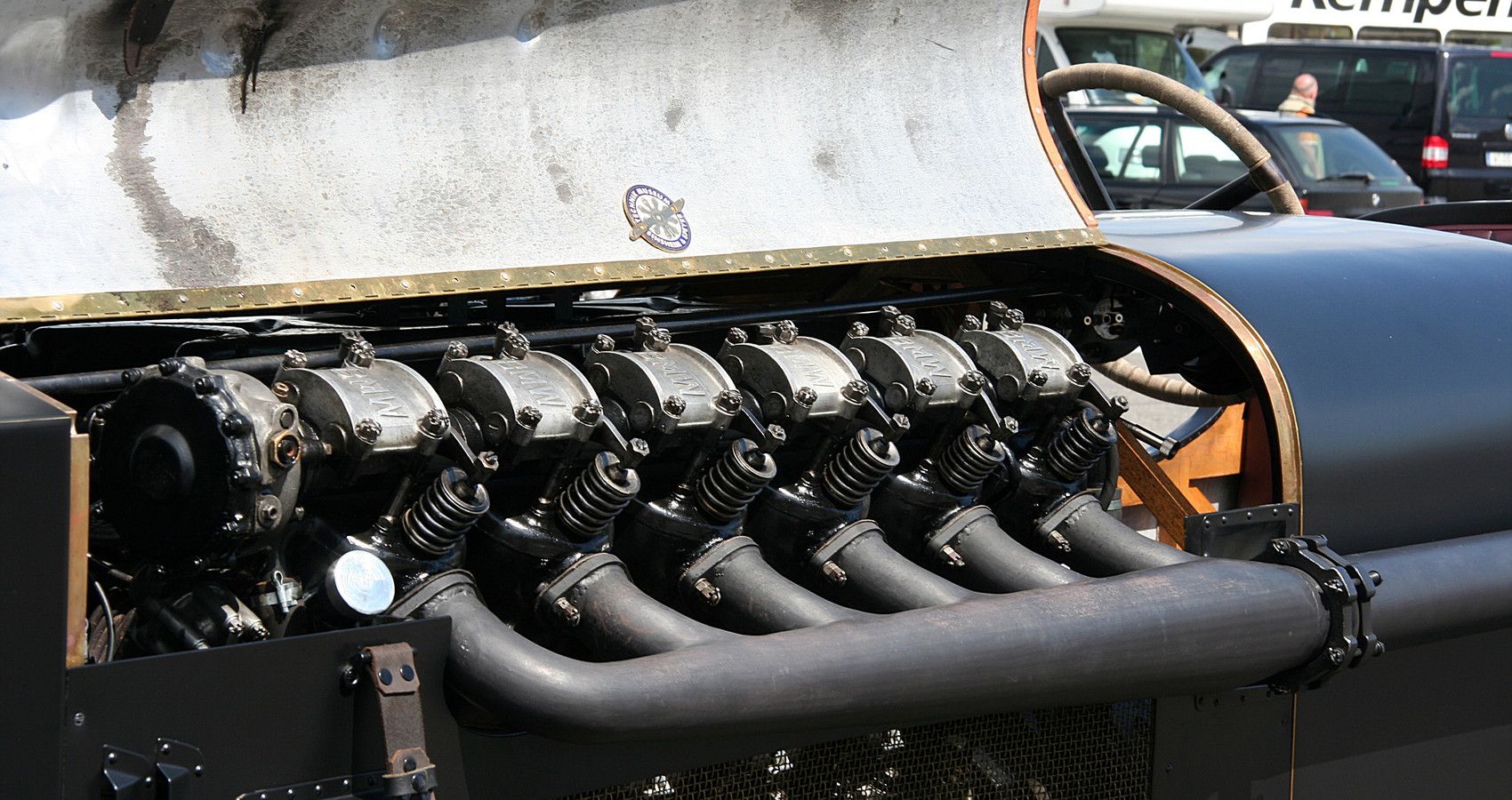Craving a need for speed? The chances are you’re going to need a bigger engine, more cubic inches, in theory, producing more power. Call it a macho thing, but bigger in the car world is usually better. How big is too big? If these monster engined cars are anything to go by, the sky and owners imaginations are the limits. We’ve seen the big carmakers push V10s, V12s all bragging 7 liters upwards, the Dodge Viper on US shores a crowning moment in overkill.
In Europe, well, gearheads fall into one of two camps, those craving multi-turbocharged engines pushing 1000+ hp, and those that take a slightly obscure approach stuffing big engines into cars, that originally were intended for boats and planes. In Europe It’s fair to say, gearheads are a little eccentric, if it fits why not give it a go. Kicking off with a handful of modern supercars, these are the biggest engines European carmakers have crammed under their hoods, the rest are just bonkers ideas that bigger really is better.
10 Lister Storm
Jaguar tuning specialist Lister Cars found fame producing modified racing and road cars bases on Jaguar’s model range. All that changed in 1993 with the Storm’s arrival. At its core still a Jaguar of sorts, the brand’s legendary V12 motor enlarged to 7 liters and bolstered by a brace of blowers pushing output to 600 hp.
Briefly, the world’s fastest four-seater production car, Lister promising a top speed of 200 mph, passing 60 mph in 4.1-seconds the Storm’s biggest issue was its price. Arriving on the scene just in time for a global economic slowdown meant just three cars were produced.
9 Pagani Zonda S
Move over Ferrari and Lamborghini, there is a new kid on the block going by the name of Pagani. Ever since the Zonda broke cover, and later ended production, Pagani found news ways to revitalize the two-seater supercar with more performance, S-spec cars boasting a bigger engine and more horses.
Under normal circumstances, 12-cylinders, 6 liters, and 444+ hp is plenty to scare other road uses witless. However, this is Pagani where more is always a worthwhile effort, the Zonda S featured a 7.3-liter AMG V12 punching out 547 hp good for 208 mph.
8 Aston Martin One-77
Packing an equally vast 7.3-liter V12 as the Zonda, Aston Martin’s One-77 supercar takes engine development a few steps further utilizing engines gurus Cosworth’s expertise to unlock 750 hp, at the time the highest specific output of any naturally aspirated engine.
Sitting well back in the One-77’s engine bay for better weight distribution, with drive going to the rear axle kept in check by a custom geared Graziano robotized manual transmission. Aston surpassing their own 200 mph guesstimates with a verified 220 mph top speed.
7 Rolls-Royce Phantom II
Leaving the world of supercar performance behind, Roll-Royce is famed not just for its luxury cars, but also for a range of hugely refined engines. At one time, RR claimed the loudest audible sound on the inside was the ticking of the car’s analog clock.
It comes as no surprise the ultimate in luxury wouldn’t; come with a small displacement engine, the Phantom II equipped with a straight-six 7.7-liter motor tuned for effortless cruising. At best producing 130 hp at a sedate 3100 rpm, giving a regal top speed of 100 mph.
6 Bugatti Chiron
Like the Veyron that preceded it, Bugatti’s Chiron crams a modern-day marvel of engineering under the hood. Not content with a hugely compel W16 cylinder configuration, Bugatti opted for 8 liters, surpassed in production by only the Dodge Viper, and then bolted on four turbochargers for good measure.
In SuperSport 300 guise producing 1580 hp claimed to be good for 300 + mph, Bugatti offers gearheads opportunity to max their cars at the Ehra-Lessien test track, factory engineers giving the Chiron a thorough once over in advance. As impressive as the Veyron/Chiron is, Bugatti has used bigger engines previously.
5 Bugatti Royale / Type 41
Produced between 1927-33, Bugatti taking aim at Rolls-Royce clients, the Type 41 or Royale as most gearheads will remember was bigger in every department. Longer, wider, and heavier, naturally the Royale needed a head-line grabbing engine, where RR used a 7.7-liter straight six, Bugatti crammed a monstrous 14.7-liter under the hood.
Ignoring the cavernous displacement for a moment, even the 8-cylinder engine’s physical dimension dwarfed anything else on the market, at 1.4 meters long. Despite the motor’s titanic size, it wasn’t the most advanced, using a single overhead camshaft, three bearing set-ups fed by a single carburetor producing 300 hp.
4 Packard-Bentley “Mavis”
Mavis, possibly the most insane home-build “hobby” car ever made, creator, driver, and serious racing fanatic Chris Williams unveiled the Packard-powered Bentley in 2010. Starting life as a class 1930s Bentley 8 chassis heavily modified to accommodate Packard 4M-2500 V12 engine.
Lifted from its previous home in a WWII PT boat, the 4M-2500 boasts a frighteningly vast 42-liter displacement, twin-port valve design along with 24 exhausts resulting in 1500 hp. Naturally this marine sourced engine guzzles gasoline like an alcoholic let loose in a brewery, consuming 4 gallons per mile at full throttle, with a top speed of 160 mph.
3 Blitzen Benz
Huge displacements and complex multicylinder engines surely produce the most power? Not always, Mercedes world berating Blitzen Benz racer despite packing 21.5 liters made do with just four-cylinder and 200 hp to claim glory with an average speed record of 141.27 mph over the mile in 1911.
Post-record-breaking attempts, the Blitzen Benz underwent modification for circuit racing from 1914 onwards, ending its competitive days as scrap metal in 1923.
2 Campbell Railton Rolls-Royce Bluebird
Serial speed freak Donald Campbell’s reputation for going ever-faster culminated in Bluebird V, or the Campbell Railton Rolls-Royce Bluebird with another world record speed of 301 mph, Campbell pursuing water-borne challenges soon after.
Predating the legendary RR Merlin, Bluebird featured a one-off racing development of Roll-Royce’s Buzzard motor dubbed “R” displacing 37 liters and producing 2500 hp with separate drives to each of the double rear wheels.
1 Brutus
Only gearheads with deep pockets and a liking for flame-spitting aviation-powered monsters need apply, Brutus an odd throwback to days when men were real mean and surplus aircraft engines were in plentiful supply.
The numbers alone making for an interesting comparison, with current engine design. Boasting 47 liters divided over 12-cylinders, Brutus boasts a larger displacement in a single cylinder than the crème of current supercars, Porsche and Ferrari both coming in under 4 liters. Unsurprisingly originally intended for aircraft use, torque takes presence over horsepower, Brutus for short busts kicking out 750 hp at a lazy 1700 rpm, preferring to cruise at a mere 550 hp. Performance borders on the frightening rather than rapid with a top speed of just over 124 mph, weight, size, and chain drive being the limiting factors.
